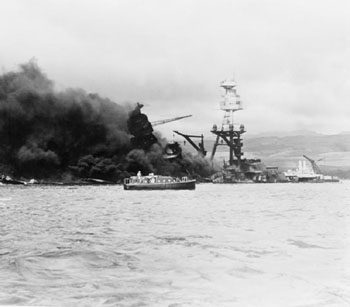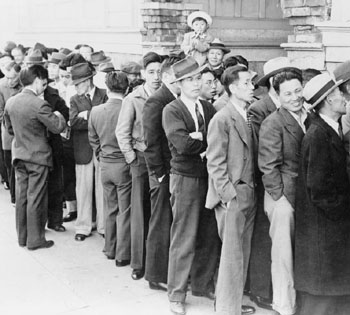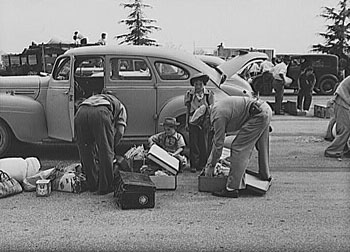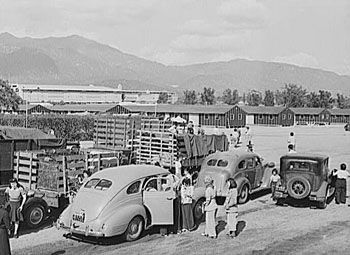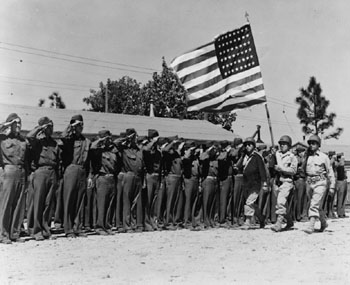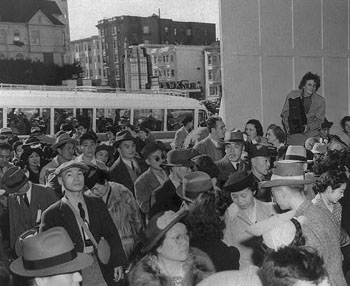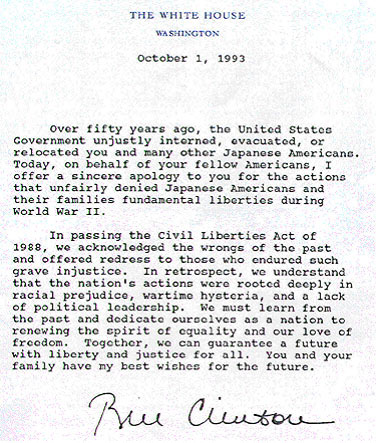|
|
December 7, 1941
The attack on Pearl Harbor. Within 48 hours, the F.B.I. and local authorities round up the leadership of the Japanese American communities and take 1,291 Issei into custody. Family members are unable to see these men, many of whom remain confined for the duration of the war. |
|
|
February 19, 1942
"..Now therefore, by virtue of the authority vested in me as President of the United States, and Commander in Chief of the Army and Navy, I hereby authorize and direct the Secretary of War, and the Military Commanders whom he may from time to time designate, whenever he or any designated Commander deems such action to be necessary or desirable, to prescribe military areas in such places and of such extent as he or the appropriate Military Commander may determine, from which any or all persons may be excluded, and with respect to which, the right of any persons to enter, remain in, or leave shall be subject to whatever restriction the Secretary of War or the appropriate Military Commander may impose in his discretion..." - Excerpt from Executive Order 9066 |
|
|
March 21, 1942
The first groups of Japanese American "volunteers" arrive at Manzanar, CA. The War Relocation Authority would transform the location into a "relocation center." |
|
|
August 4, 1942
A riot breaks out at the Santa Anita “Assembly Center” during a routine contraband search. Mass unrest and crowd formation harass the searchers. Military police threaten to use tanks and machine guns to end the incident. |
|
|
February 1, 1943
The 442nd Regimental Combat Team is activated. The team is comprised entirely of Japanese Americans. |
|
|
April 13, 1943
"A Jap's a Jap. There is no way to determine their loyalty... This coast is too vulnerable. No Jap should come back to this coast except on a permit from my office." General John L. DeWitt, head, Western Defense Command; before the House Naval Affairs Subcommittee. |
|
|
August 10, 1988 “The Congress recognizes that, as described in the Commission on Wartime Relocation and Internment of Civilians, a grave injustice was done to both citizens and permanent residents of Japanese ancestry by the evacuation, relocation, and internment of civilians during World War II. As the Commission documents, these actions were carried out without adequate security reasons and without any acts of espionage or sabotage documented by the Commission, and were motivated largely by racial prejudice, wartime hysteria, and a failure of political leadership. The excluded individuals of Japanese ancestry suffered enormous damages, both material and intangible, and there were incalculable losses in education and job training, all of which resulted in significant human suffering for which appropriate compensation has not been made..." - Excerpt from the Civil Liberties Act of 1988 |
|
|
October 1, 1993
- President Bill Clinton's Presidential Apology
|
